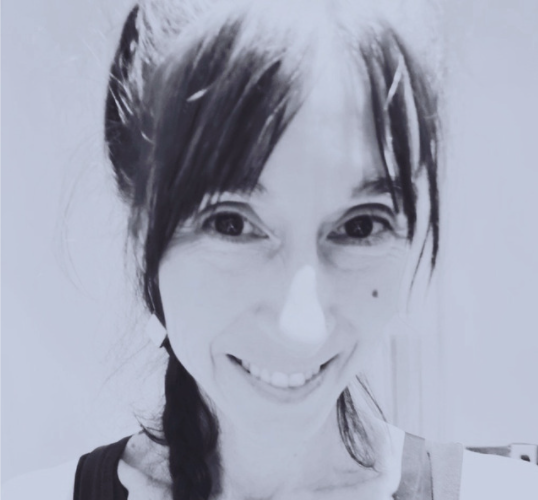Surfacing the ‘Silent Foundation’
Surfacing the ‘Silent Foundation’
A Paper and Video about the Theory/Practice Gap in Library and Information Science (with a Free Coloring Book of Information Behavior Theories!)
Jenna Hartel
The 12th episode in the What Makes This Paper Great? video series features “Surfacing the ‘Silent Foundation’: Which Information Behaviour Theories are Relevant to Public Library Reference Service?” by Amy VanScoy, Africa S. Hands, Katarina Švab, and Tanja Merčun. The paper was presented at the 2024 Information Seeking in Context conference in Aalborg, Denmark and can be found (here) in its proceedings. A new 12-minute video at INFIDEOS takes viewers through the highlights of the paper. For fun, an opinionated but cuddly group of Library and Information Science (LIS) students (shown below) join the virtual conversation.

—The paper and its video manifestation explore what’s known as the Theory/Practice gap, that is, a perceived disconnect between theories taught in library schools and the practical work of librarianship—
The paper and its video manifestation explore what’s known as the “Theory/Practice Gap,” that is, a perceived disconnect between theories taught in library schools and the practical work of librarianship. In my opinion, both the paper and its multimedia translation contain essential insights for LIS students who often have strong opinions on these matters. To explain, educators in Library and Information Science programs teach and champion theories, concepts, and models of information behavior, while students in the video plead for a different kind of training: “Please, please, just teach us something practical!” Overcoming this long-standing tension between LIS instructors and students, the video has a happy ending in which the LIS newcomers discover the relevance of the information behavior theories to their professional practice.
VanScoy et al’s study has an unusual and innovative method that is illustrated clearly in the video. They conduct a card-sorting exercise and interview with 20 public librarians in the United States and Slovenia. Informants were given cards with plain-language information behavior theories and were asked to sort them into categories of “relevant” or “not relevant,” explaining their thinking along the way. I am fascinated by the cards (which are shown in the video) and believe they have pedagogical applications. As a gift to viewers and subscribers at INFIDEOS, these novel research instruments were turned into a coloring book, available here. Happy Holidays!

A hyperlinked Table of Contents reveals the main chapters of the video:
00:00 – Welcome and Introduction
00:52 – The Silent Foundation Coloring Book
01:10 – Class Discussion (Affectionate Simulation by Students)
01:50 – A Closer Look at the Paper
02:12 – The Guiding Idea and Research Questions
03:04 – Two Central Concepts
03:34 – Selecting Information Behavior Theories
03:57 – Research Method: Card Sort and Interview
04:18 – Information Behavior Theory Cards
04:45 – Research Participants
05:50 – Data Gathering Process
05:58 – Findings (Results)
08:29 – Discussion Section of the Paper (Affectionate Simulation by Students)
10:42 – What Makes This Paper Great?
11:48 – Dancing Students
Following a tradition of this video series, a conclusion asks, “What makes this paper great?” The empirical exploration of the Theory/Practice Gap in LIS; international collaboration; novel card-sort research method; useful research instruments; and potential to inspire students are all recognized as “great” qualities of the paper. Going forward, my own library-oriented courses will engage both the paper and video early in the semester.
Cite this article in APA as: Hartel, J. Surfacing the ‘Silent Foundation.’ (2024, December 12). Information Matters, Vol. 4, Issue 12. https://informationmatters.org/2024/12/surfacing-the-silent-foundation/
Author
-

I am an Associate Professor at the Faculty of Information, University of Toronto. As an interdisciplinary social scientist devoted to the field of Library and Information Science (LIS), I conduct research in three related areas: 1) information and the "higher things in life" that are pleasurable and profound; 2) visual and creative research methods; and 3) the history and theory of LIS. In the Master of Information program at the Faculty of Information, I mostly teach graduate students in the Library and Information Science concentration. Both my research and teaching aim to be an imaginative forms of intervention in the field of LIS, through unorthodox projects such as Metatheoretical Snowman, Welcome to Library and Information Science, and the iSquare Research Program. See my website at jennahartel.info or my YouTube Channel, INFideos.
View all posts





